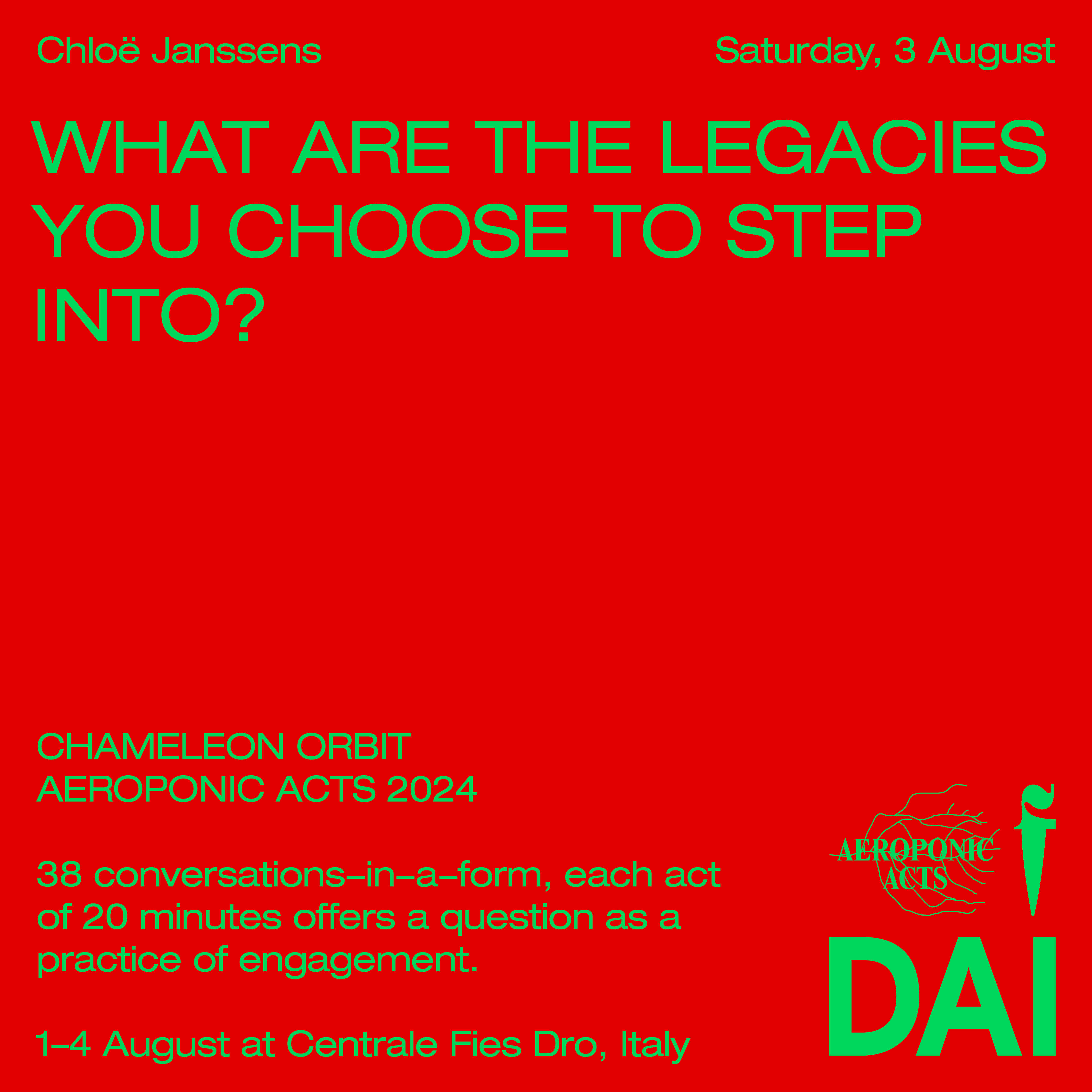Chloë Janssens ~ Alas, Your Mother
Woke up and burned my roots. From not being sure. Scratched some filthy soil out of my mouth and abandoned my children. Spoiled brats they were. Ran for a while. Contemplated gender and love. Found a muse as my Mother. Assembled a family anew. Crushed my body on a cold stone. Attempted to choose Life instead. Returned and tried to speak. “Fucking Dicks.” The capacity of my body unknown but endless to me. Confidently preaching from the heartache, from the pain in my body. The miracles of my two mouths inspire me to sip and leak with rigor in your tasteless territory. BAM! I give birth in an endless scream birthing pomegranates on your ugly, tasteless carpet. I repeat the words my Mothers gave me and scream myself into your miserable life of numbness. Get out of your Death-drive. I dare you.
About Chloë Janssens

